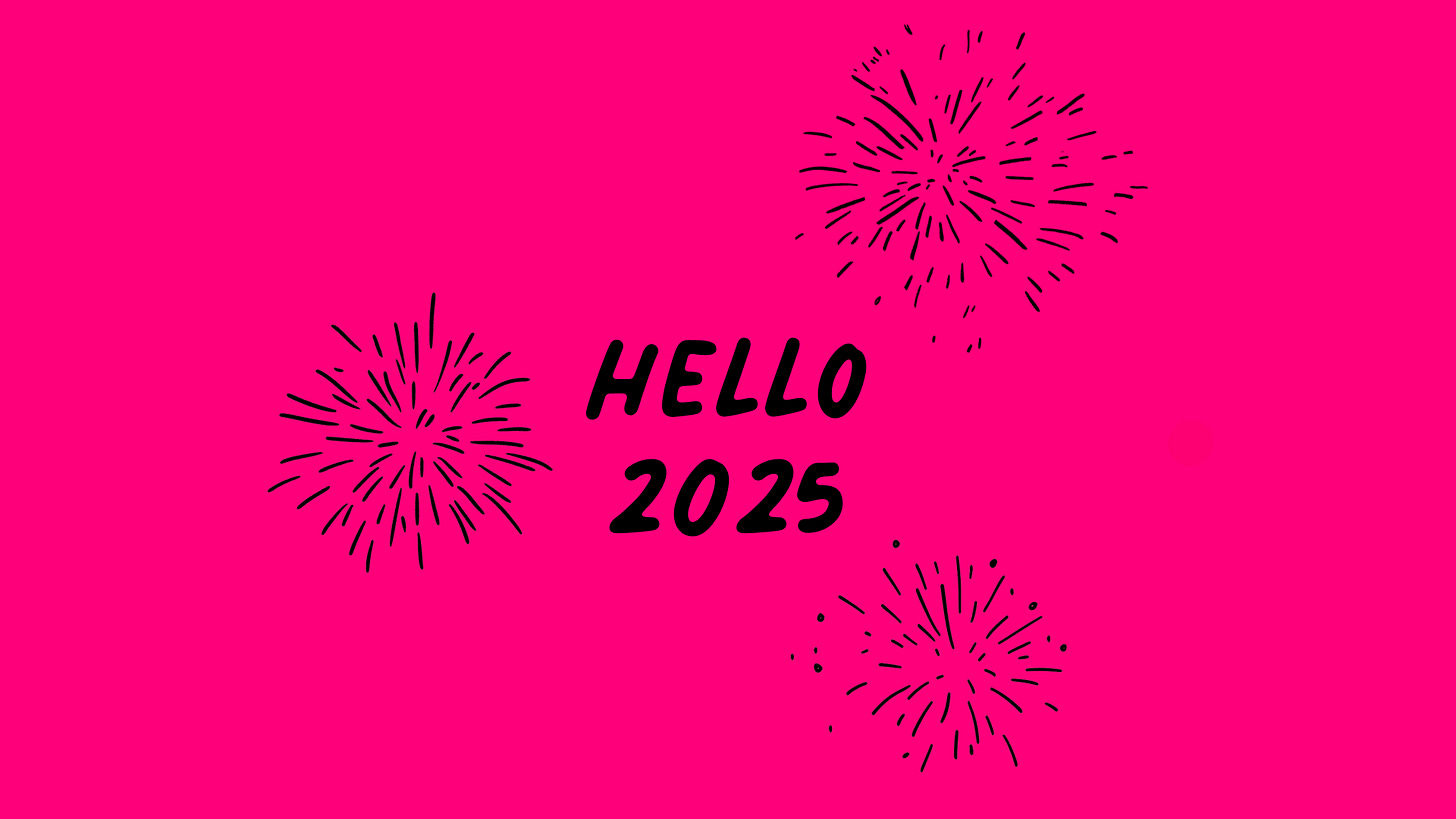Dear design buddy,
How are you doing? It’s been a while since my last post.
I took some time off from writing to reflect on the message I truly want to share.
I’ve been feeling both unsettled and curious about how emerging technologies will shape the role and practice of product (UX/UI) design.
You know where this conversation is headed—yes, Artificial Intelligence.
If you’ve been following me since last year, I’ve been talking about this genius tech with Thanos' superpowers: snapping away our inefficiencies... and maybe our jobs too.
Seriously, it has the potential, just like the internet did 30 years ago and electricity did over 100 years ago, transforming economies and industries1.
Last year, Figma took a leap into the future by launching a suite of AI-driven features2. These range from practical tools like auto-renaming layers and connecting screens for interactive prototypes to the slightly controversial ‘Make Designs,’ later renamed ‘Make First Draft.’3
Meanwhile, industries are witnessing a new gold rush: the rise of autonomous AI agents4. There’s even speculation that a billion-dollar company could operate with just ten people and the help of AI agents5. A Bay Area company, which claims to have developed the world’s first fully autonomous AI software engineer, aims to replace junior-level engineers6.
The idea of an autonomous agent replicating a human designer might seem far-fetched, but sooner or later, we’ll get there. As a designer who has witnessed the evolution of design tools, practices, and roles for over a decade, I find it entirely plausible.
Of course, this AI agent won’t fully replace human designers—at least, not for now! But it will undoubtedly start reshaping our values, practices, and roles in the design process.
A study of an R&D lab at a large U.S. company found that using AI to create ideas has improved innovation and efficiency. Interestingly, researchers feel less satisfied with their jobs, saying they feel less creative—that their skills aren’t fully used7.
I can see this kind of scenario could happen in our field too.
With that, how could we balance the use of AI while still creating space for us to engage deeply in our work?
On another thought, if AI makes our work more productive and saves us time8, what could this mean for us?
Opportunities to improve the end-to-end design process?
Avoid cutting corners?
Deliver more impactful outcomes?
Contribute more at a strategic level?
Going from Minimum Viable Product → Minimum Awesome Product?
These are just a few of the questions lingering in my mind.
I’m excited to explore how designers can thrive in this evolving era of artificial intelligence.
I hope what I share will inspire you to elevate your design skills, sharpen your strategic thinking, amplify your influence, and ultimately strengthen human agency in this AI-driven arena.
Finally, happy new year! Wishing you a wonderful journey ahead.
Your design buddy,
Thomas
I’d love to hear your thoughts! Feel free to share any reflections or insights in the comments below.
Also, show your support by clicking the heart button ❤️ or sharing this with a friend, colleague, or fellow designer!
McKinsey Global Institute, "Notes from the AI frontier: Modeling the impact of AI on the world economy," Discussion Paper, September 2018.
Figma, "Introducing Figma AI," Figma Blog, 2024.
The Verge, "Figma AI: Make Designs and First Draft," The Verge, September 24, 2024.
Andrew Ng, "The Rise Of AI Agents And Agentic Reasoning," YouTube, November 19, 2024.
Y Combinator, "10 People + AI = Billion Dollar Company?" Y Combinator, 2024.
Forbes, “Coders Worry The AI From This $2 Billion Startup Could Replace Their Jobs,” December 2, 2024.
Toner-Rodgers, "Artificial Intelligence, Scientific Discovery, and Product Innovation," MIT, 2024.
MIT Sloan Management Review, “How GenAI Changes Creative Work,” September 19, 2024.




